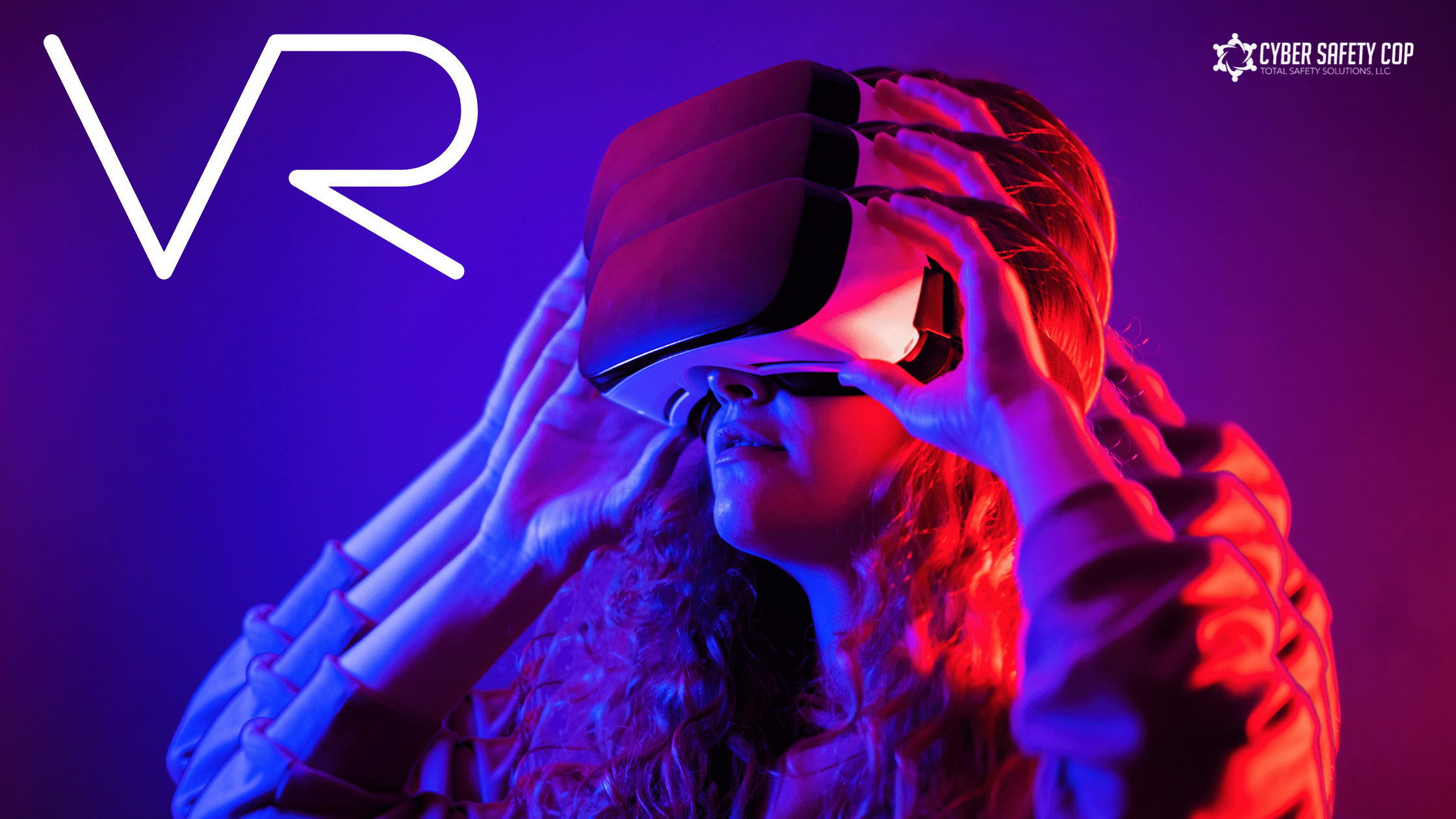Virtual Reality headsets are becoming more and more affordable. You may have a child asking for VR to go with their gaming console this year. Here's what you need to know to make a safe choice for your child.
Our culture has a habit of inventing and introducing new technology without first asking important questions: Is this technology a good idea in our lives? What are the adverse outcomes of this technology? How will it affect our children’s developing brains? No, we don’t do that. We put it under the Christmas tree and wait to see what happens. Your child might ask for a VR rig for their gaming console or computer for Christmas. Maybe we should think carefully about what our answer will be.
Ask any adult why they play video games. The answer you usually get is, “It’s an escape.” When children play video games, they are “escaping,” too. Intentionally or unintentionally, they escape from relationships, social skill-building situations, and pro-social experiences that should be learned before adulthood. If you don’t like what social media and games are doing to our children now, you haven’t seen anything yet. Here comes VR (Virtual Reality).
A couple of months ago, my brother, a computer programmer and former game developer, invited my two boys and me to his home to enjoy pizza and try out his new VR system. After my boys tried, I pulled on the headgear, consisting of video goggles and headphones. I held the two controllers in my hands and stood in the middle of my brother’s living room, ready for anything. I found myself standing on the edge of a cliff. A wizard floated in front of me and gave me a quest. I think I was supposed to stop an evil sorcerer, rescue a princess, or something. Accepting my quest, I stepped forward and found myself standing on a rope bridge suspended over a cavern filled with molten lava (of course). I looked down, and I felt dizzy from the height. My pulse quickened when the evil goblins attacked me. It felt real. It felt like I was there. I completely forgot I was standing in my brother’s living room. I finally had enough. I pulled the visor off my sweaty head and looked around. All I could say was, “Wow!” It was compelling and more immersive than any game I have ever played. It was then that I knew we (our society) were in trouble.
If spending time playing games or posting on social media was consequence neutral, we would end this discussion now. Unfortunately, it’s not. In 2017, two large Apple shareholders with a $2 billion stake wrote an open letter to Apple. They questioned the smartphone maker, saying Apple needs to respond to what is finally being recognized as a “growing public health crisis” of smartphone addiction in young people. The letter cites studies that show American teenagers receive their first smartphones at the age of 10 and spend an average of 4.5 hours a day on them (excluding texting and talking times). It further states that 78 percent of teens check their phones at least hourly, half reporting they feel “addicted” to their phones. (Chokshi, 2018)
If you have attended my parent seminar or read my book, Parenting in a Digital World, you learned that the average teen consumes six to nine hours of digital media daily. This is more time than many children are sleeping each night. In a peer-reviewed study in the journal Clinical Psychological Science, after 2010, teens who spent more time on new media (screens) were more likely to report mental health issues than those who spent time on non-screen activities. The study found that kids who spent three hours or more on smartphones or other electronic devices were 34% more likely to suffer at least one suicide-related outcome—including feeling hopeless or seriously considering suicide—than kids who used devices two hours a day or less. Among kids who used electronic devices five or more hours a day, 48% had at least one suicide-related outcome. (Twenge et al., 2018). If our children struggle with depression and anxiety the more they use their mobile phones, what will happen when their lives are consumed by virtual reality?
What about pornography? It is impossible to talk about the Internet or recent entertainment technology without talking about porn. Twenty-five percent of Internet searches are pornography-related; 12 percent of websites are pornographic; adult websites have more visitors than Netflix, Twitter, and Amazon combined. Porn has also been instrumental in adopting new media technology, which has become everyday appliances in our homes. In the war between VHS vs. Betamax, and BluRay over HD DVD, porn picked the winners. Porn has also contributed to the rise of e-commerce, the development of webcams, and the improvement of bandwidth services. (Markert, 2016) According to some industry insiders, as VR technology enters the market, porn companies are experimenting with immersive products that could speed VR adoption. To use the technology, porn producers must use different methods to shoot scenes to create an immersive field of vision. VR porn is expected to become a billion-dollar business by 2025. (Markert, 2016) I have discussed the negative impact of online pornography in other articles and in my book, Parenting in the Digital World. Pornography is changing our children’s brains and warping their views on relationships, gender roles, and what a healthy bond between two people looks like.
VR porn will add to the growing number of men under 40 who have erectile dysfunction. Young men who prefer pornography to real-world sexual encounters might find themselves caught in a trap, unable to perform sexually with their partner. In a recent study, researchers found that porn-addicted men are more likely to suffer from erectile dysfunction and are less likely to be satisfied with sexual intercourse. Watching too much internet porn can increase a person’s “tolerance,” the same as with narcotics, Dr. Matthew Christman, a staff urologist with the Naval Medical Center in San Diego, explained. Regular porn watchers are less likely to respond to real-world sexual activity and increasingly rely on pornography for release. (Thompson, 2017) With VR porn

